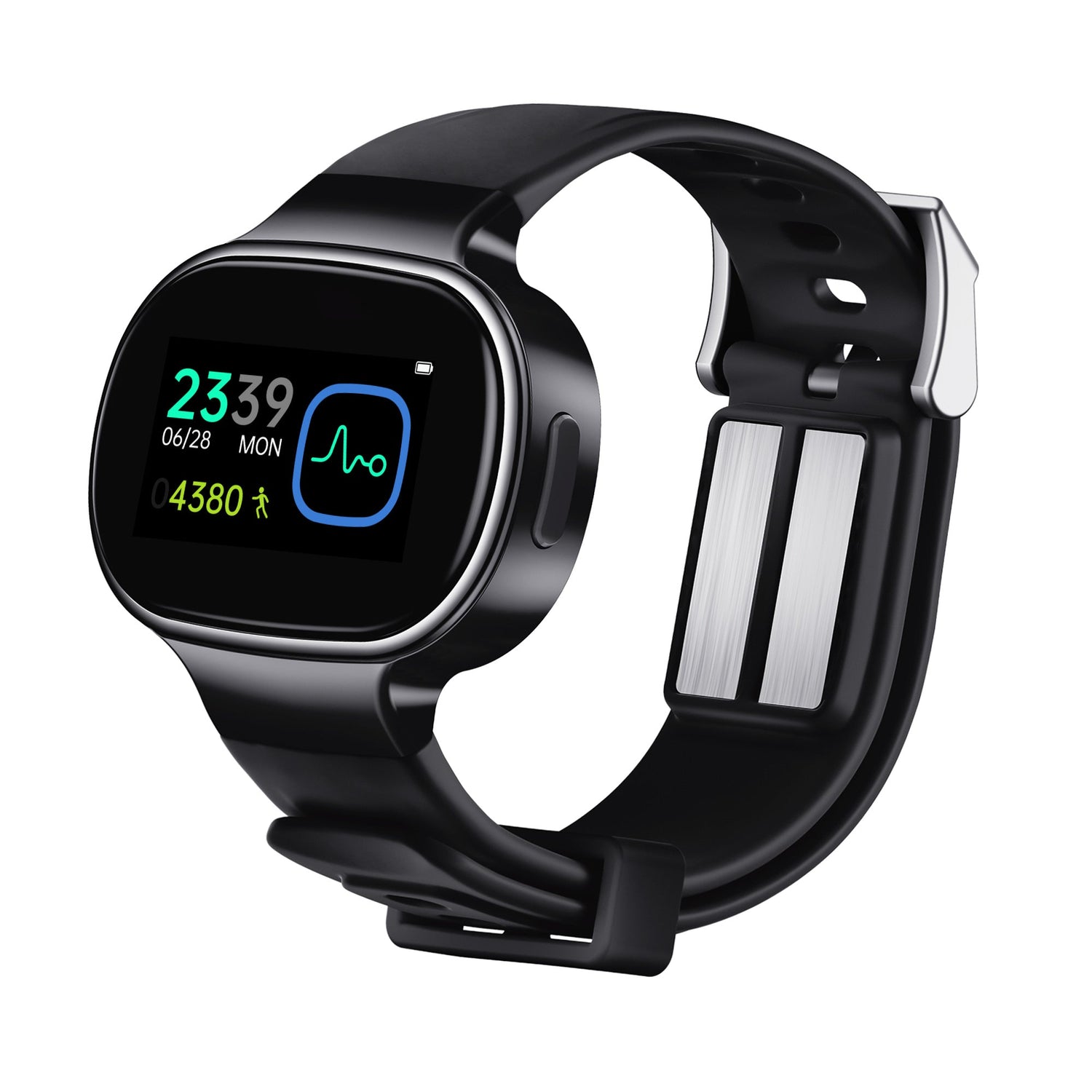You're descending into your destination. The plane dips lower, and suddenly you feel it—a sharp pressure in your ears, muffled hearing, maybe even pain. You yawn, swallow, wiggle your jaw, but the discomfort doesn't go away. For some travelers, it's just a brief annoyance. But for others, this sensation—known as airplane ear—can linger for hours, or even turn into inflammation called aerotitis media. If that sounds familiar, you're not alone. And science might offer more answers than you think.
Airplane ear, or aerotitis media, happens when the air pressure in your middle ear doesn't match the rapidly changing cabin pressure—especially during takeoff and landing. Your Eustachian tube, which connects the middle ear to the back of your throat, is supposed to equalize this pressure. But if it's blocked due to a cold, allergies, or even stress, the pressure builds up and can cause pain, a feeling of fullness, or temporary hearing loss.
Here's where it gets interesting: your body's autonomic nervous system—which includes your sympathetic nervous system (the “fight or flight” response)—can play a big role in how your ears react to pressure changes.
When you're anxious, your sympathetic system ramps up. Blood vessels in the nasal and middle ear region constrict, and muscles around the Eustachian tube may tense up. This can make it harder for the pressure to equalize, leading to worse symptoms.
If your ears start to feel blocked, painful, or pressured during takeoff or landing. Here are some effective ways to relieve the discomfort:
1. Swallow, Yawn, or Chew Gum: These actions help activate the muscles around your Eustachian tubes, allowing air to flow and equalize pressure in your middle ear. Chewing gum or sucking on hard candy works well—especially during descent.
2. Perform the Valsalva Maneuver: Gently pinch your nose, close your mouth, and try to blow air out through your nose. This can force the Eustachian tubes to open and relieve the pressure.
3. Stay Awake During Descent: Sleeping during descent can prevent you from swallowing or adjusting pressure in time. Try to stay awake and actively manage your ear pressure during landing.
4. Control Stress and Anxiety: High stress can activate your sympathetic nervous system, tightening muscles and worsening pressure imbalances. Try deep breathing, staying calm, or using devices like EmeTerm, which may help regulate your autonomic nervous system.
EmeTerm is a wearable device that uses Transcutaneous Electrical Acupoint Stimulation (TEAS)—a safe, drug-free technique that sends gentle electrical pulses to the PC6 (Neiguan) acupuncture point on the wrist.

While it's FDA-cleared for relieving nausea and vomiting, emerging research suggests that TEAS also helps regulate the autonomic nervous system, including reducing excessive sympathetic activity. (Yang S, 2024) That means EmeTerm may help ease stress-related tension, promote nervous system balance, and potentially improve your body's ability to handle pressure changes more smoothly.
Moreover, recent anatomical research shows that key muscles responsible for opening the Eustachian tube—like the levator veli palatini—are controlled by the vagus nerve. (Szymanski , 2023) EmeTerm uses TEAS technology to activate this nerve pathway. By stimulating the vagus nerve, EmeTerm may help engage the soft palate muscles that actively open the Eustachian tube, promoting better pressure equalization during flights and potentially relieving ear discomfort.
While EmeTerm isn't a treatment for airplane ear, it could help calm the nervous system and reduce some of the triggers that make ear discomfort worse—especially in people prone to nausea, dizziness, or travel anxiety. However, EmeTerm only offer indirect support, it is not a direct treatment for airplane ear or ear infections. If symptoms persist or worsen, it’s important to consult a healthcare professional.
References
1. Yang S, et al. (2024) State- and frequency-dependence in autonomic rebalance mediated by intradermal auricular electroacupuncture stimulation. Front. Neurosci. 18:1367266. doi: 10.3389/fnins.2024.1367266
2. Szymanski A, Agarwal A. Anatomy, Head and Neck, Ear Eustachian Tube. [Updated 2023 Jun 26]. Available from: https://www.ncbi.nlm.nih.gov/books/NBK482338/
3. www.emeterm.com
4. www.watmedical.com

